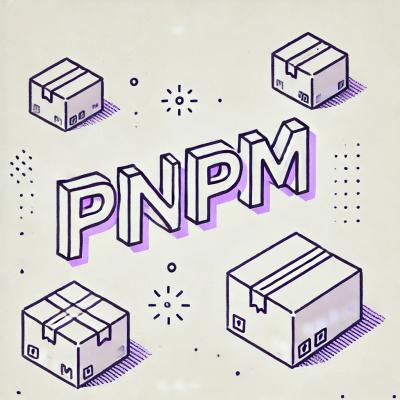
Research
Security News
The Growing Risk of Malicious Browser Extensions
Socket researchers uncover how browser extensions in trusted stores are used to hijack sessions, redirect traffic, and manipulate user behavior.
github.com/Masterminds/structable
Warning: This is the Structable 4 development branch. For a stable release, use version 3.1.0. Structable development happens very slowly.
This library provides basic struct-to-table mapping for Go.
It is based on the Squirrel library.
Structable maps a struct (Record) to a database table via a
structable.Recorder. It is intended to be used as a back-end tool for
building systems like Active Record mappers.
It is designed to satisfy a CRUD-centered record management system, filling the following contract:
type Recorder interface {
Bind(string, Record) Recorder // link struct to table
Interface() interface{} // Get the struct that has been linked
Insert() error // INSERT just one record
Update() error // UPDATE just one record
Delete() error // DELETE just one record
Exists() (bool, error) // Check for just one record
ExistsWhere(cond interface{}, args ...interface{}) (bool, error)
Load() error // SELECT just one record
LoadWhere(cond interface{}, args ...interface{}) error // Alternate Load()
}
Squirrel already provides the ability to perform more complicated operations.
The usual way...
$ glide get github.com/Masterminds/structable
$ # or...
$ go get github.com/Masterminds/structable
And import it via:
import "github.com/Masterminds/structable"
Structable works by mapping a struct to columns in a database.
To annotate a struct, you do something like this:
type Stool struct {
Id int `stbl:"id, PRIMARY_KEY, AUTO_INCREMENT"`
Legs int `stbl:"number_of_legs"`
Material string `stbl:"material"`
Ignored string // will not be stored. No tag.
}
To manage instances of this struct, you do something like this:
stool := new(Stool)
stool.Material = "Wood"
db := getDb() // Get a sql.Db. You're on the hook to do this part.
// Create a new structable.Recorder and tell it to
// bind the given struct as a row in the given table.
r := structable.New(db, "mysql").Bind("test_table", stool)
// This will insert the stool into the test_table.
err := r.Insert()
And of course you have Load(), Update(), Delete() and so on.
The target use case for Structable is to use it as a backend for an
Active Record pattern. An example of this can be found in the
structable_test.go file
Most of Structable focuses on individual objects, but there are helpers for listing objects:
// Get a list of things that have the same type as object.
stool := new(Stool)
items, err := structable.List(stool, offset, limit)
// Customize a list of things that have the same type as object.
fn = func(object structable.Describer, sql squirrel.SelectBuilder) (squirrel.SelectBuilder, error) {
return sql.Limit(10), nil
}
items, err := structable.ListWhere(stool, fn)
For example, here is a function that uses ListWhere to get collection
of definitions from a table described in a struct named Table:
func (s *SchemaInfo) Tables() ([]*Table, error) {
// Bind a new recorder. We use an empty object just to get the field
// data for that struct.
t := &Table{}
st := structable.New(s.Queryer, s.Driver).Bind(t.TableName(), t)
// We want to return no more than 10 of these.
fn := func(d structable.Describer, q squirrel.SelectBuilder) (squirrel.SelectBuilder, error) {
return q.Limit(10), nil
}
// Fetch a list of Table structs.
items, err := structable.ListWhere(st, fn)
if err != nil {
return []*Table{}, err
}
// Because we get back a []Recorder, we need to get the original data
// back out. We have to manually convert it back to its real type.
tables := make([]*Table, len(items))
for i, item := range items {
tables[i] = item.Interface().(*Table)
}
return tables, nil
}
It does not...
This software is licensed under an MIT-style license. See LICENSE.txt
FAQs
Unknown package
Did you know?

Socket for GitHub automatically highlights issues in each pull request and monitors the health of all your open source dependencies. Discover the contents of your packages and block harmful activity before you install or update your dependencies.

Research
Security News
Socket researchers uncover how browser extensions in trusted stores are used to hijack sessions, redirect traffic, and manipulate user behavior.

Research
Security News
An in-depth analysis of credential stealers, crypto drainers, cryptojackers, and clipboard hijackers abusing open source package registries to compromise Web3 development environments.

Security News
pnpm 10.12.1 introduces a global virtual store for faster installs and new options for managing dependencies with version catalogs.